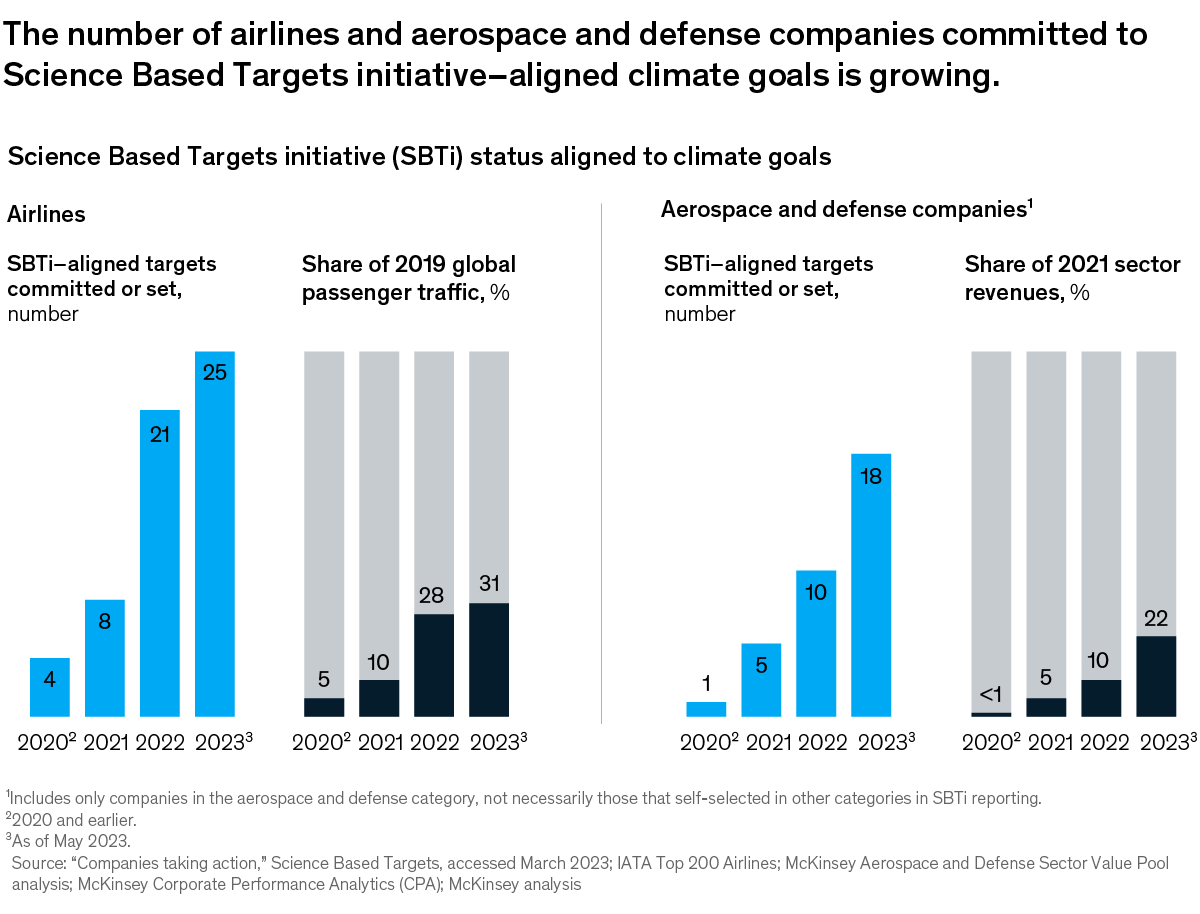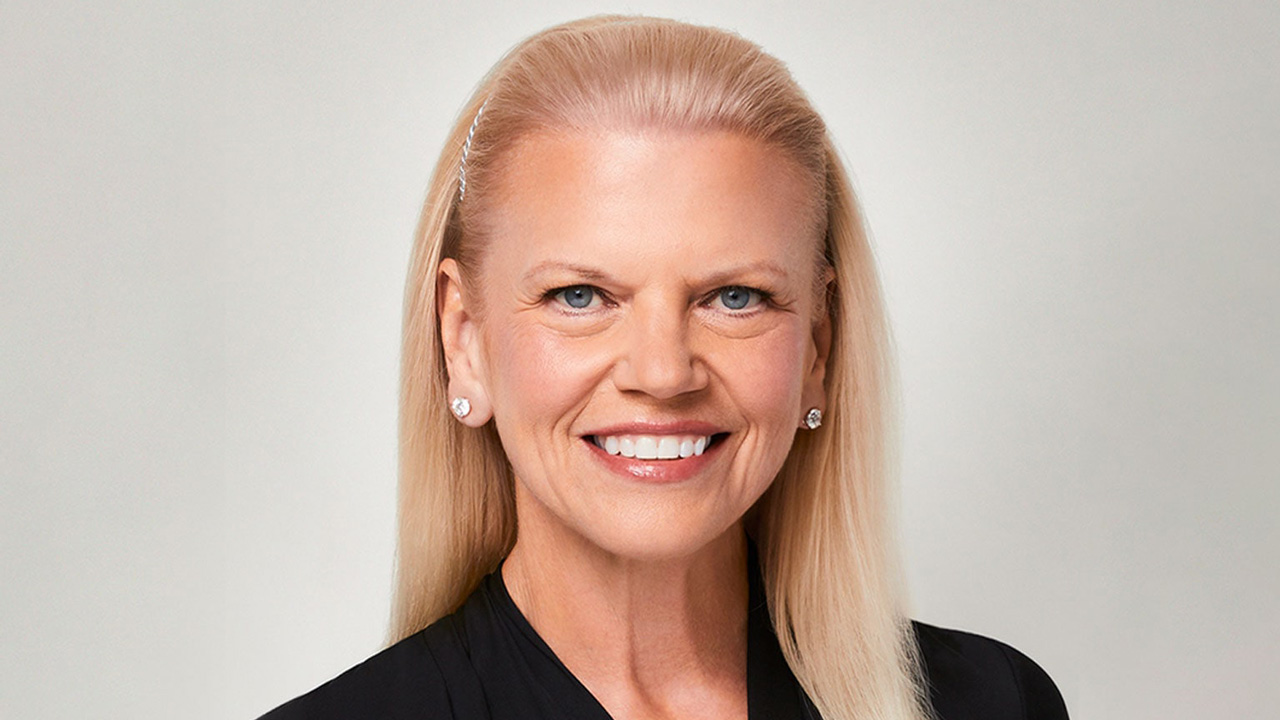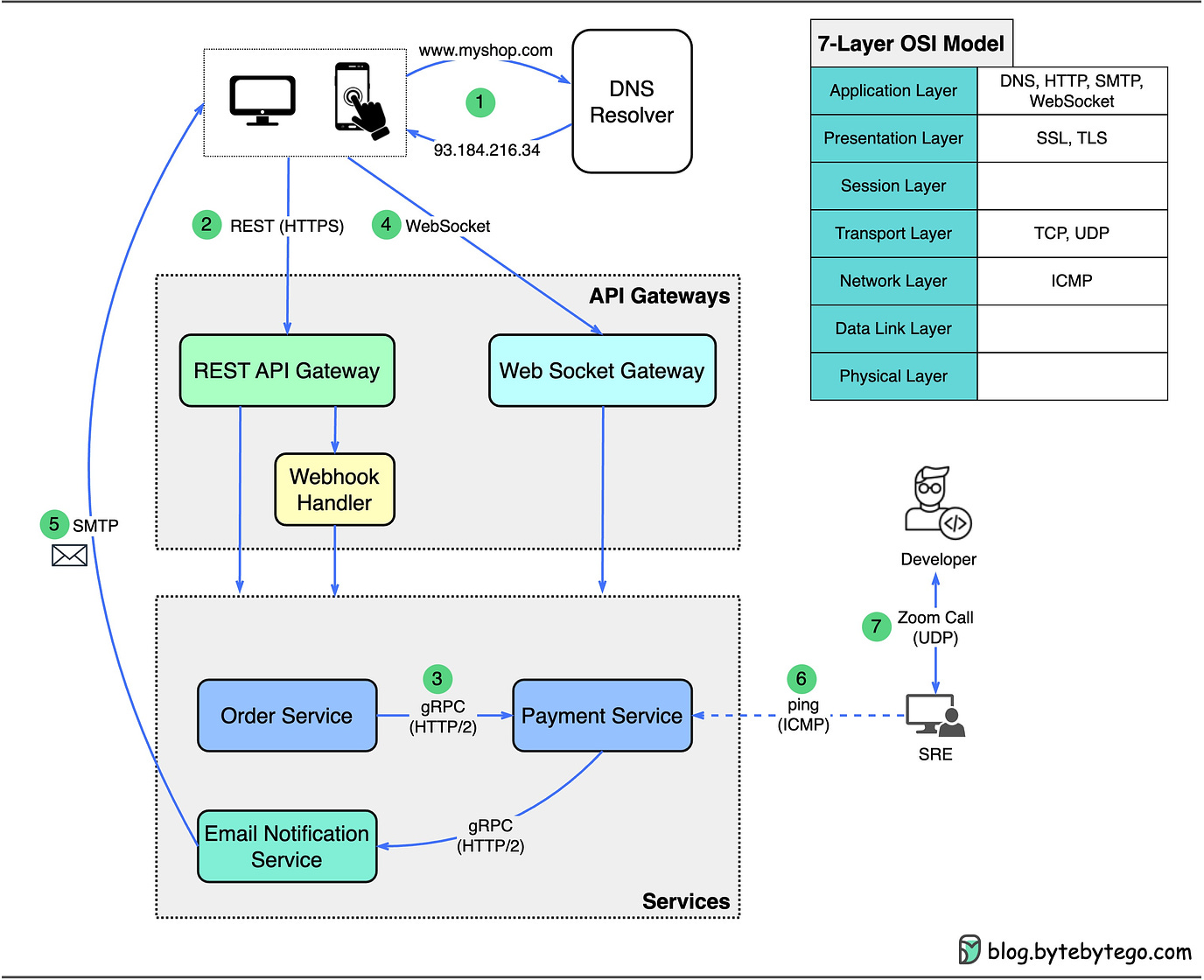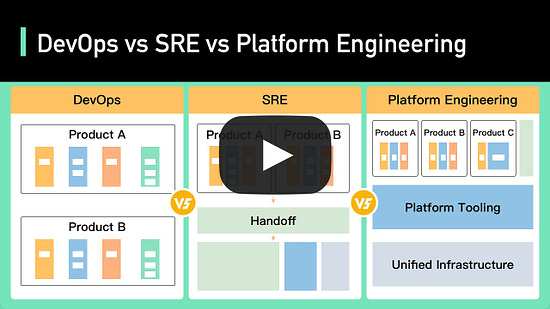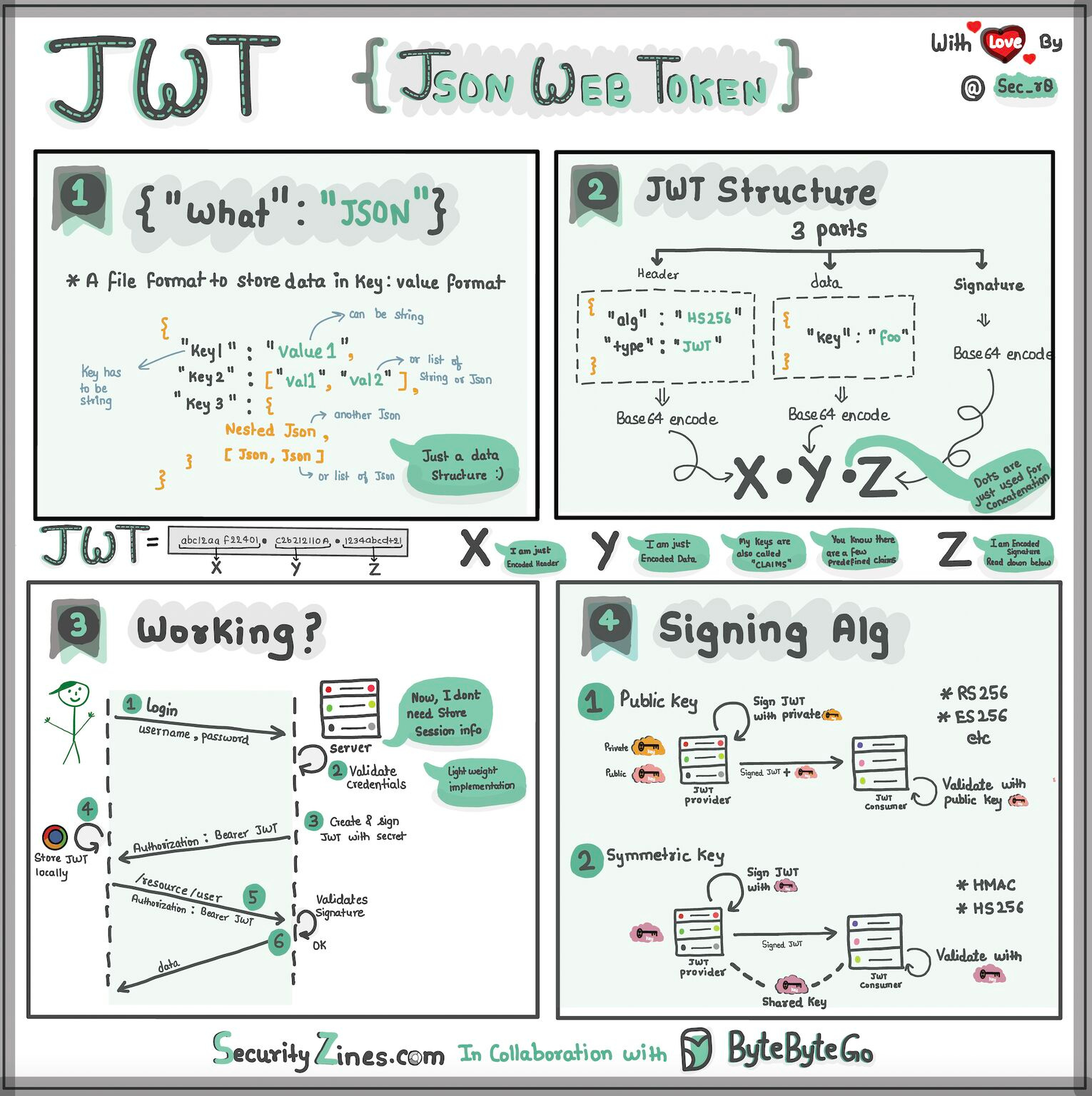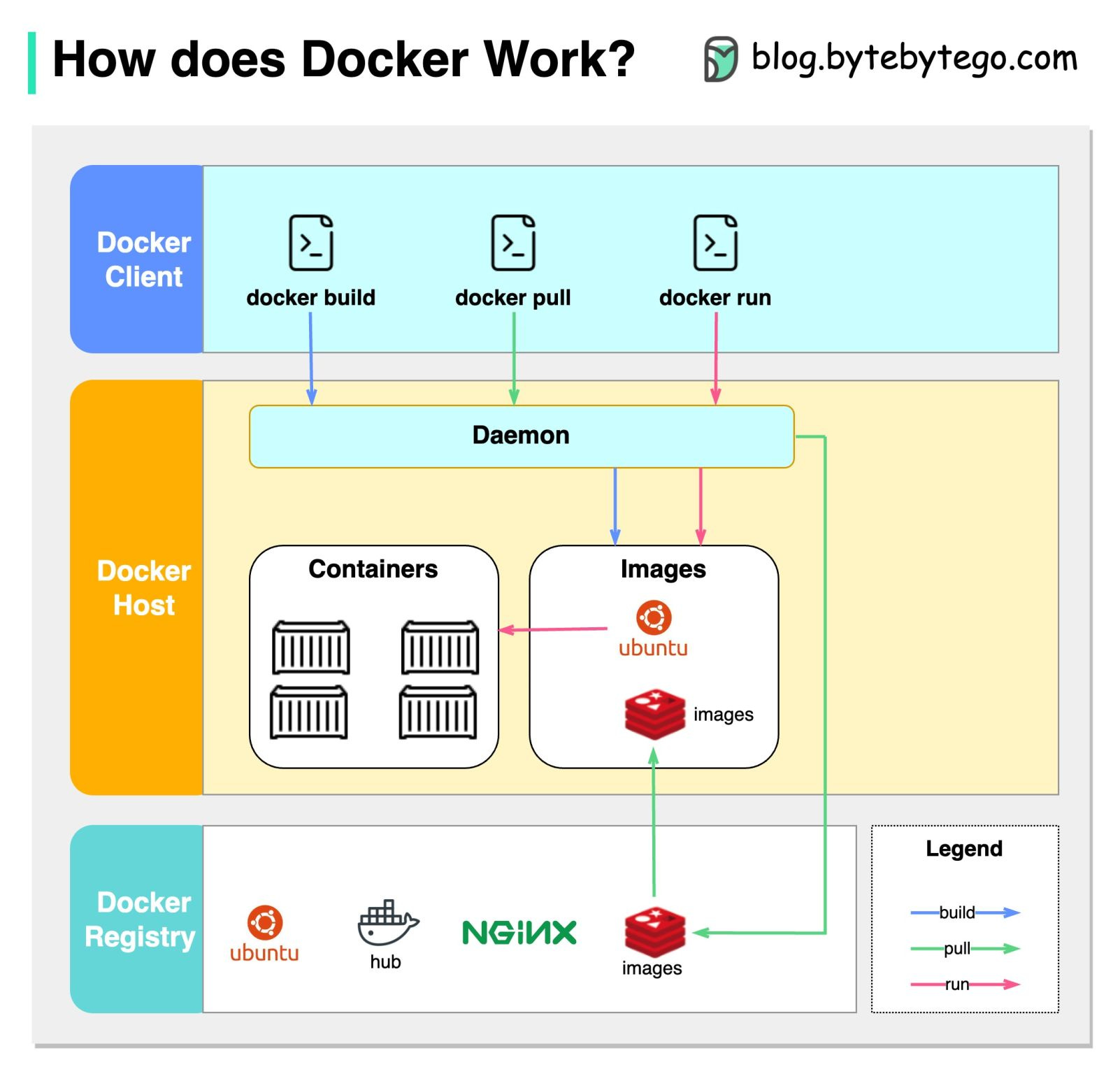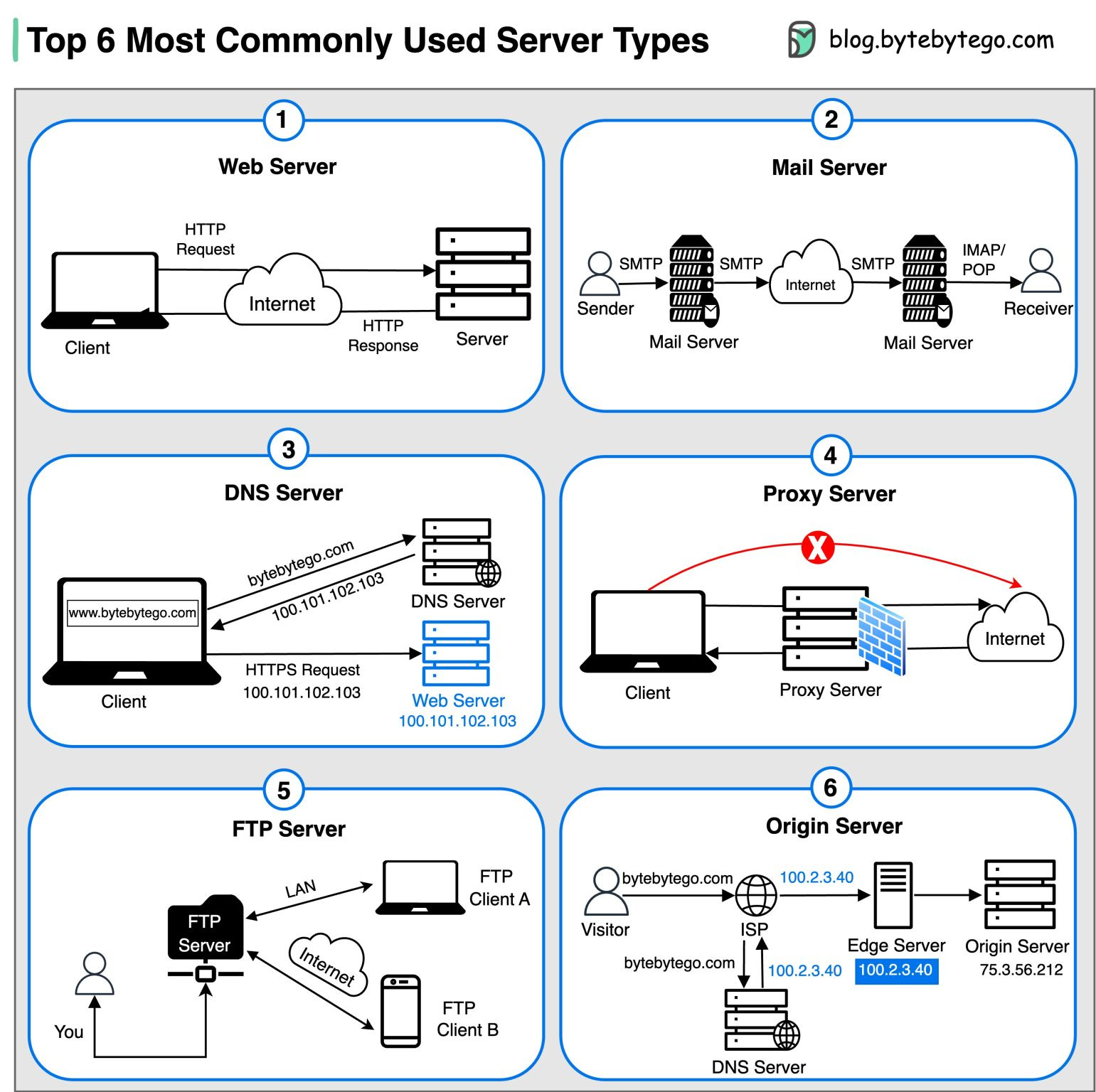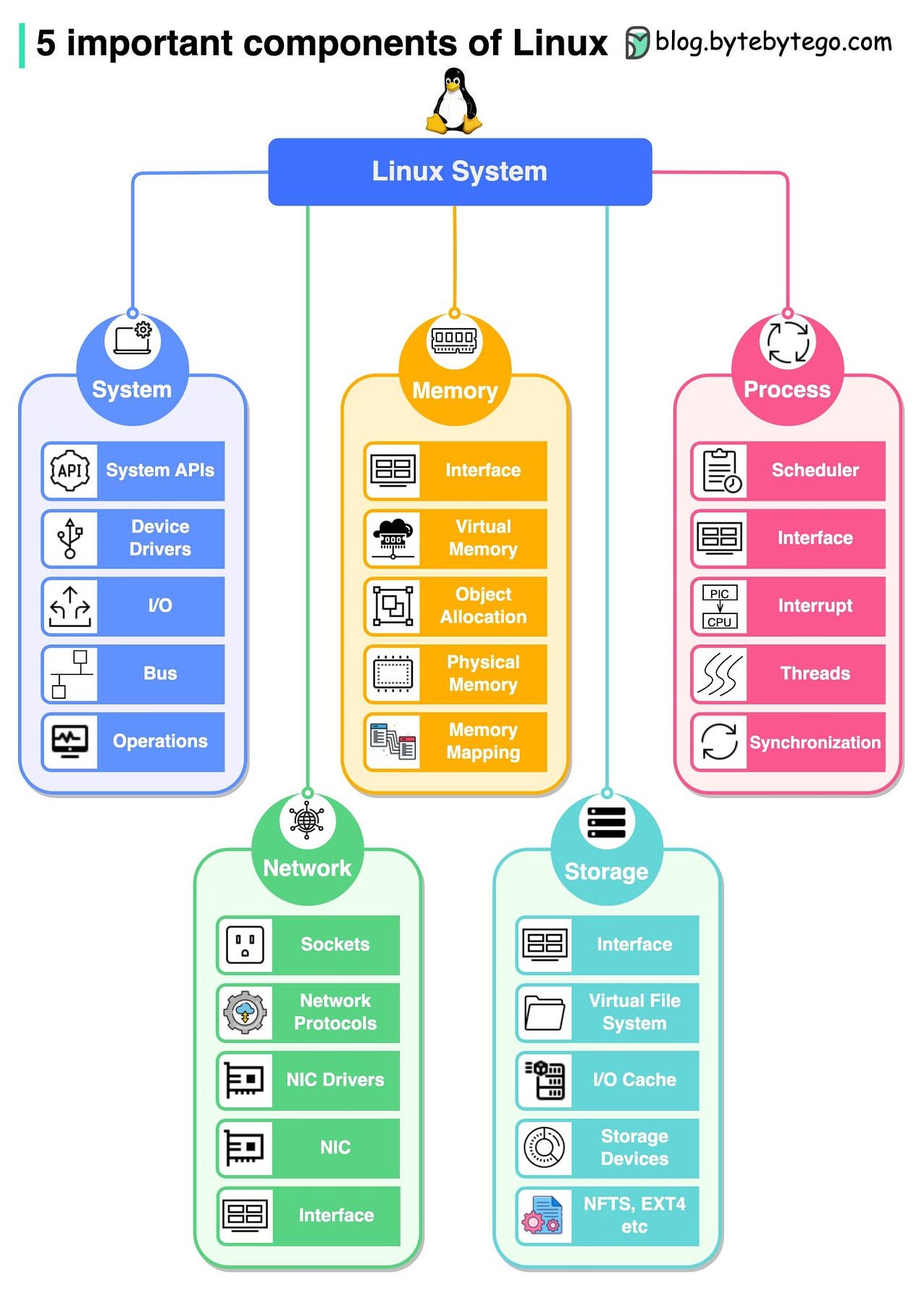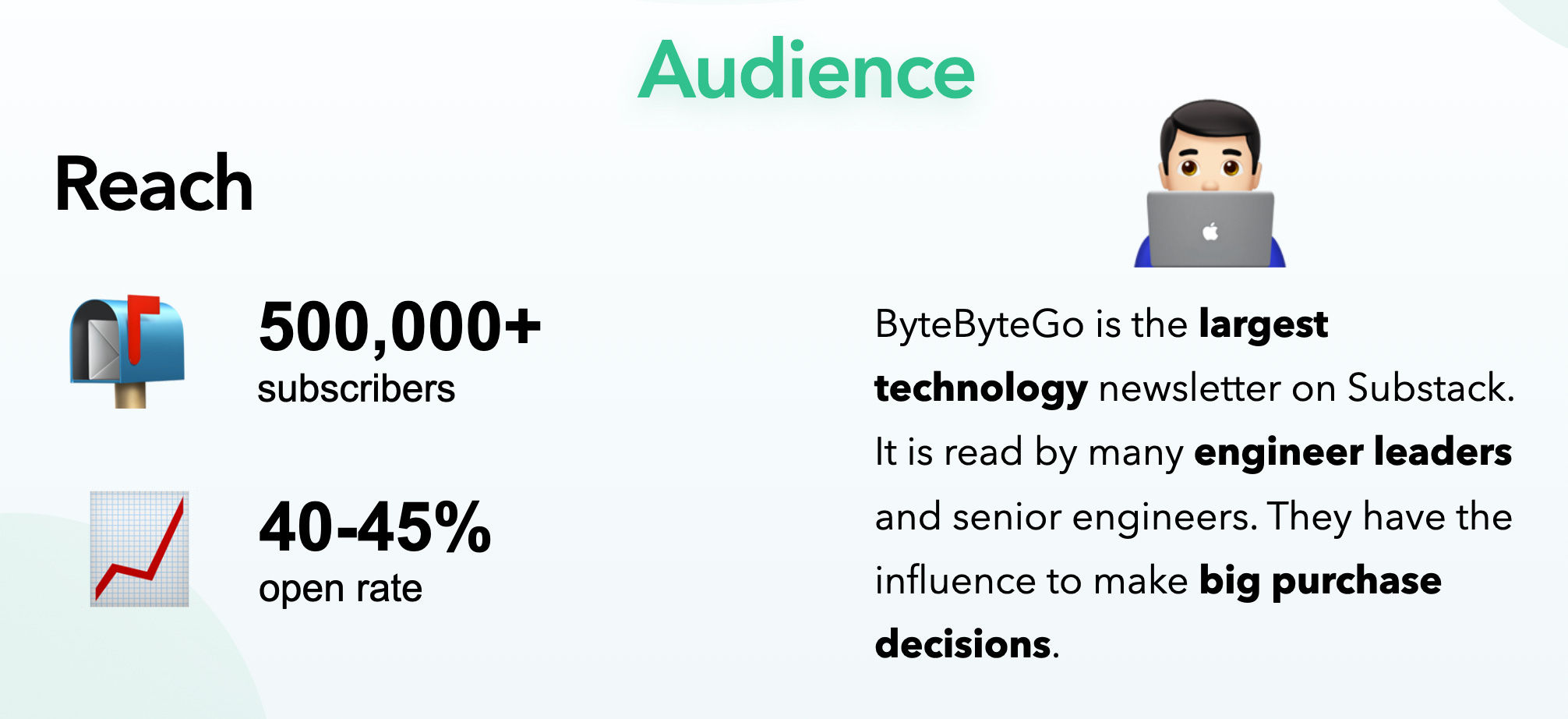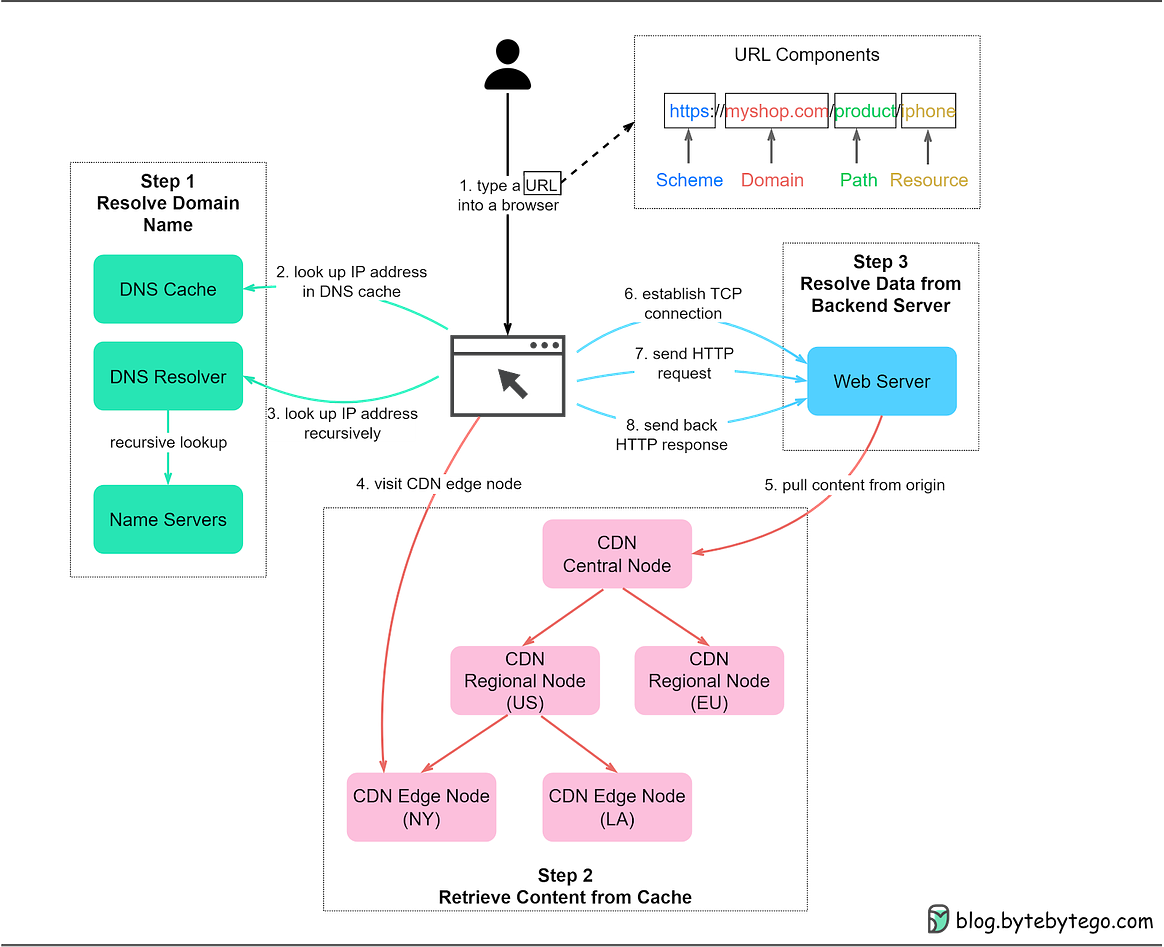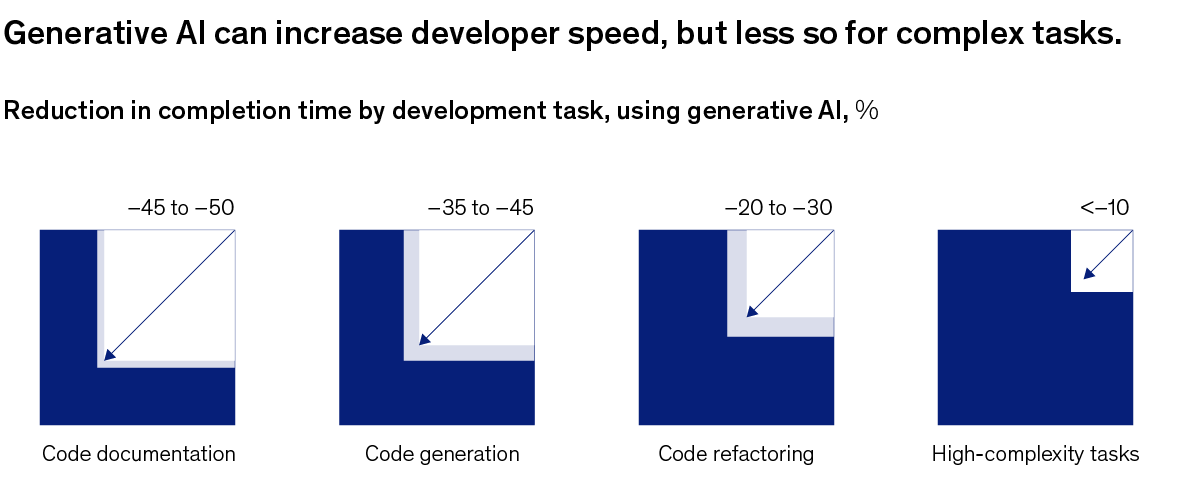Archives
- By thread 3677
-
By date
- June 2021 10
- July 2021 6
- August 2021 20
- September 2021 21
- October 2021 48
- November 2021 40
- December 2021 23
- January 2022 46
- February 2022 80
- March 2022 109
- April 2022 100
- May 2022 97
- June 2022 105
- July 2022 82
- August 2022 95
- September 2022 103
- October 2022 117
- November 2022 115
- December 2022 102
- January 2023 88
- February 2023 90
- March 2023 116
- April 2023 97
- May 2023 159
- June 2023 145
- July 2023 120
- August 2023 90
- September 2023 102
- October 2023 106
- November 2023 100
- December 2023 74
- January 2024 75
- February 2024 75
- March 2024 78
- April 2024 74
- May 2024 108
- June 2024 98
- July 2024 116
- August 2024 134
- September 2024 130
- October 2024 141
- November 2024 99
-
Give Your APIs the Spotlight They Deserve
SmartBear
Introducing SwaggerHub PortalHi Abul,
We are excited to announce SwaggerHub Portal, SwaggerHub’s new feature to customize consumer-facing documentation that drives the adoption of your APIs.
At SmartBear, it is our goal to provide you with practical tools to build quality software faster. SwaggerHub and SwaggerHub Portal will work together to centralize your API design, collaboration, and documentation all in one place.
Save time and resources by instantly syncing your API designs from SwaggerHub with zero context switching. Adding this integrated feature to your SwaggerHub toolkit will equip your consumers with comprehensive onboarding guides to understand your APIs and easily bring them to market.
If you want to learn about API documentation and this new release, check out the resources below.
 Resources for Getting Started
Resources for Getting Started
Best,
The SwaggerHub Team This email was sent to info@learn.odoo.com by SmartBear Software, 450 Artisan Way, Somerville, MA. 02145, 617684.2600, www.smartbear.com. We hope you found this email of interest. However, we value your privacy. If you do not wish to receive future correspondence from us, please click here to manage email preferences.
This email was sent to info@learn.odoo.com by SmartBear Software, 450 Artisan Way, Somerville, MA. 02145, 617684.2600, www.smartbear.com. We hope you found this email of interest. However, we value your privacy. If you do not wish to receive future correspondence from us, please click here to manage email preferences.
by "The SwaggerHub Team" <swaggerhub-team@smartbearmail.com> - 05:33 - 26 Jul 2023 -
Taking the pulse of US consumers
On Point
Key trends in consumer spending
by "McKinsey On Point" <publishing@email.mckinsey.com> - 12:37 - 26 Jul 2023 -
What it takes to successfully transition out of the CEO role
Embrace what's next Brought to you by Liz Hilton Segel, chief client officer and managing partner, global industry practices, & Homayoun Hatami, managing partner, global client capabilities
Being a CEO is undoubtedly a difficult job, but leaving the role can often be even more challenging. Much like a relay race, the goal of the handover is to ensure that the next person is well positioned to perform even better after the baton is handed off. Based on interviews with some of the world’s most well-known chief executives, McKinsey senior partners Carolyn Dewar, Scott Keller, Vikram Malhotra, and Kurt Strovink suggest four best practices for CEOs who are thinking about the end game: deciding when to go, finishing the job of succession planning, ensuring a clean handoff to the successor, and embracing what’s next. Check out the new McKinsey Quarterly article and see what it takes to achieve a gold-medal-worthy finish to your CEO tenure.
Quote of the day
Chart of the day
ALSO NEW
— Edited by Joyce Yoo, editor, New York
Share these insights
Did you enjoy this newsletter? Forward it to colleagues and friends so they can subscribe too. Was this issue forwarded to you? Sign up for it and sample our 40+ other free email subscriptions here.
This email contains information about McKinsey’s research, insights, services, or events. By opening our emails or clicking on links, you agree to our use of cookies and web tracking technology. For more information on how we use and protect your information, please review our privacy policy.
You received this email because you subscribed to our McKinsey Quarterly alert list.
Copyright © 2023 | McKinsey & Company, 3 World Trade Center, 175 Greenwich Street, New York, NY 10007
by "McKinsey Daily Read" <publishing@email.mckinsey.com> - 05:15 - 25 Jul 2023 -
Get 20% off your next extension for 10 minutes of feedback
Get 20% off your next extension for 10 minutes of feedback
Help influence the future of Woo Hi there,
We appreciate you using WooCommerce to help manage your store and believe one of the best ways to continue improving Woo is learning how merchants like you market their businesses.
That's why we're offering 20% off your next marketing extension* in exchange for your feedback.
Filling out our short survey should only take about 10 minutes of your time. Your insights will help us better understand the needs and challenges of marketing an online business in 2023 – and can influence future WooCommerce releases.
* Coupon offer excludes all Woo Express plans, Storefront Extensions Bundle, WooCommerce In-Person Payments M2 card reader, and WooCommerce In-Person Payments WisePad 3 card reader. Valid on the purchase price for new purchases only — not applicable for subscription renewals. All product subscriptions renew at regular price after the first year. Cannot be used in conjunction with any other promotions, discounts, or coupons.
This email was sent to info@learn.odoo.com. You're receiving it because you opted in when creating an account or purchasing a product subscription on WooCommerce.com.
No longer wish to hear from us? Unsubscribe from marketing emails or all email communication. You may still receive transactional and/or account-related emails from WooCommerce.com.
View an online version of this email.
WooCommerce, Inc. is located at 60 29th St #343,
San Francisco, CA 94110, U.S.A.




by "Woo" <research@woocommerce.com> - 12:30 - 25 Jul 2023 -
You're Invited! Our EMEA User Meetups are Back this September
New Relic
 Event Invitation
Event InvitationOur EMEA User Meetups are Back Coming to a city near you this September Join us for food, drinks, swag and of course - data talk! We’ve got a jam-packed agenda of hands-on talks, before wrapping up the afternoon with food and drinks.
Register Now Join us at our upcoming ‘Back to School edition’ user meetups happening across EMEA this September in a city near you.Tel Aviv - Wednesday 6 September RegisterStockholm - Tuesday 12 September RegisterAmsterdam - Wednesday 13 September Register
Paris - Thursday 14 September Register (EN) or Register (FR)Manchester - Tuesday 19 September RegisterMadrid - Tuesday 26 September RegisterTap into the expertise of our local engineers and fellow users as they show you what’s new in observability and share best practices on how they are using New Relic. Our theme will be ‘back to school’, where we’ll give you essential tips and shortcuts to help you prepare for the peak sales period ahead.
Whether you are new to New Relic or an experienced user, there’s something for everyone. And we’ll also be throwing in some great giveaways on the day! Don’t forget to bring your laptop and charger so we can get hands on. We look forward to seeing you there!Register Now 
View in browser
This email was sent to info@learn.odoo.com. Update your email preferences.For information about our privacy practices, see our Privacy Policy.
Need to contact New Relic? You can chat or call us at +44 20 3859 9190
Strand Bridge House, 138-142 Strand, London WC2R 1HH
© 2023 New Relic, Inc. All rights reserved. New Relic logo are trademarks of New Relic, Inc.
by "New Relic EMEA Events" <emeamarketing@newrelic.com> - 05:07 - 25 Jul 2023 -
Can traditional companies snag the tech workers needed in the age of AI?
On Point
How rewiring HR could help Brought to you by Liz Hilton Segel, chief client officer and managing partner, global industry practices, & Homayoun Hatami, managing partner, global client capabilities
• Courting tech talent. Following layoffs as well as a 33% decrease in job openings in the tech industry in the first three months of 2023, government agencies and a wide range of other employers, including hoteliers, financial institutions, and railroad companies, are snapping up tech workers who were once eager to work only for tech giants. Yet overall, there is still stiff competition for tech talent: the unemployment rate among American tech workers is just 2%. [AP]
• Another company’s gain. Unlike tech companies, incumbent organizations in other industries have historically had trouble attracting the tech talent they need. This year’s tech industry layoffs create an opportunity for traditional players: McKinsey analysis from the first half of 2023 finds that more than 80% of laid-off tech workers find new jobs within three months, often with nontech companies. An end-to-end approach to HR can help attract—and just as important, retain—tech talent at these organizations, reveal McKinsey senior partner Dana Maor and coauthors.
— Edited by Heather Hanselman, editor, Atlanta
This email contains information about McKinsey's research, insights, services, or events. By opening our emails or clicking on links, you agree to our use of cookies and web tracking technology. For more information on how we use and protect your information, please review our privacy policy.
You received this email because you subscribed to the On Point newsletter.
Copyright © 2023 | McKinsey & Company, 3 World Trade Center, 175 Greenwich Street, New York, NY 10007
by "McKinsey On Point" <publishing@email.mckinsey.com> - 12:24 - 25 Jul 2023 -
You still have time to register for August DevCon
You still have time to register for August DevCon
Join us on August 9th for our free workshop

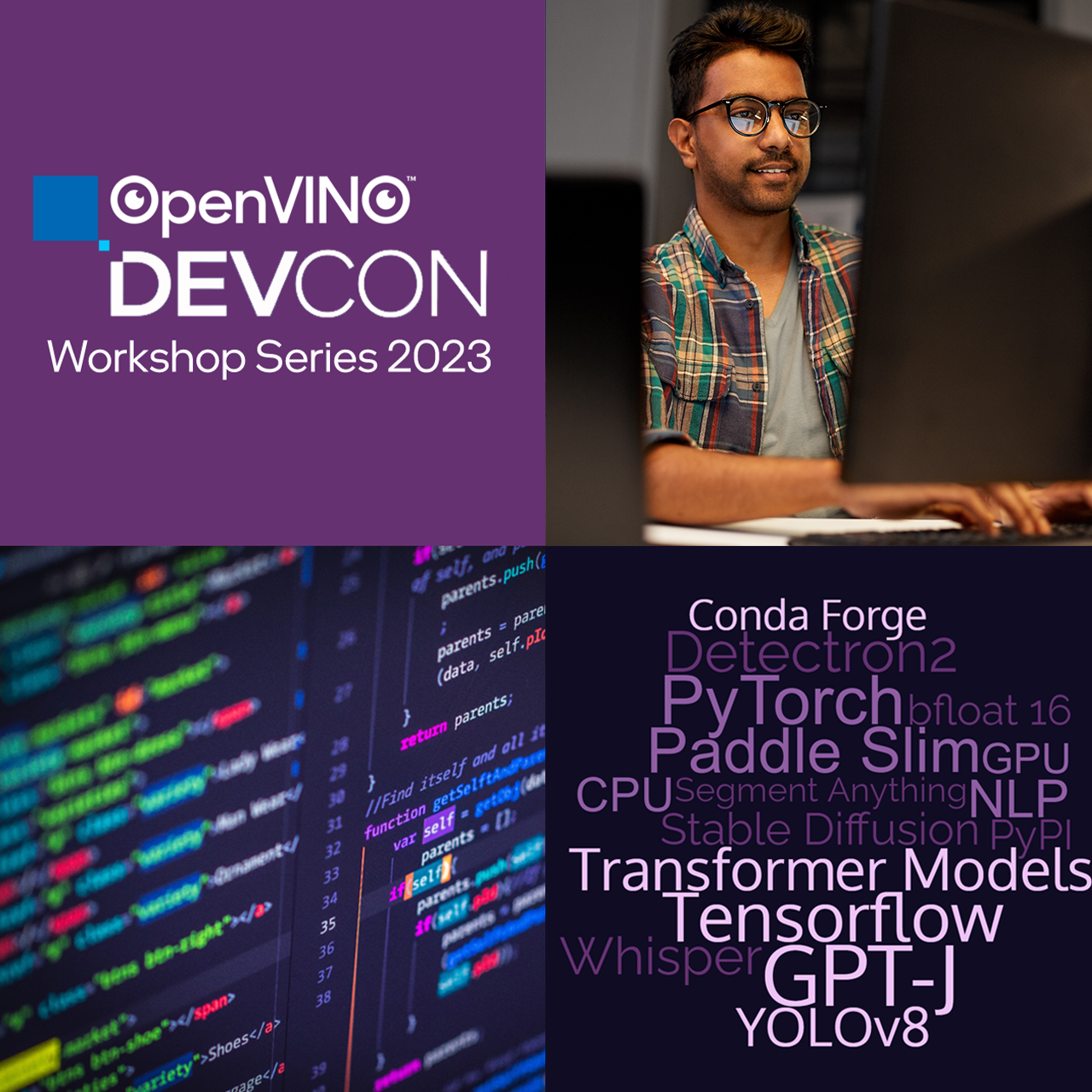
Beyond the Continuum: The Importance of Quantization in Deep Learning
August 9, 2023; 7PM-8PM IST
Register now 


Md Abul,
Quantization is a valuable process in Deep Learning of mapping continuous values to a smaller set of discrete finite values.
In this talk, we will explore the different types of quantization techniques that can be applied to deep learning models. In addition, we will give an overview of the Neural Network Compression Framework (NNCF) and how it complements the OpenVINO™ toolkit to achieve outstanding performance.
What you’ll learn:
- The value of quantization and different types of quantization
- How to harness NNCF with the OpenVINO™ toolkit
- A Jupyter Notebook demonstrating a neural network graph before-and-after quantization with performance comparisons
Register today 


Adrian Boguszewski
AI Software Evangelist, Intel
Adrian is frequently a speaker at data science conferences, enjoys working with big data and creating solutions for big companies in Poland.

Zhuo Wu
AI Software Evangelist, Intel
Zhuo is an AI evangelist at Intel focusing on OpenVINO toolkit. Her work ranges from deep learning technologies to 5G wireless communication technologies.Upcoming Workshops
Sept
5
How To Build a Smart Queue Management System Step by Step? From Zero to Hero
7PM-8PM IST

Register early 
On-Demand Workshops
Harness Generative AI Acceleration with OpenVINO™ Toolkit

OpenVINO™ 2023.0 – See What’s New







If you forward this email, your contact information will appear in any auto-populated form connected to links in this email.
This was sent to info@learn.odoo.com because you are subscribed to Webinars. To view and manage your marketing-related email preferences with Intel, please click here.
© 2023 Intel Corporation
Intel Corporation, 2200 Mission College Blvd., M/S RNB4-145, Santa Clara, CA 95054 USA. www.intel.com
Privacy | Cookies | *Trademarks | Unsubscribe | Manage Preferences
by "Intel Developer Zone" <intel.developer.zone@plan.intel.com> - 02:26 - 24 Jul 2023 -
What could a new era mean for Latin America?
Shape the future New from McKinsey Global Institute

What could a new era mean for Latin America?
Shape the future 

The economic potential of generative AI: The next productivity frontier
Share these insights
This email contains information about McKinsey's research, insights, services, or events. By opening our emails or clicking on links, you agree to our use of cookies and web tracking technology. For more information on how we use and protect your information, please review our privacy policy.
You received this email because you subscribed to our McKinsey Global Institute alert list.
Copyright © 2023 | McKinsey & Company, 3 World Trade Center, 175 Greenwich Street, New York, NY 10007
by "McKinsey Global Institute" <publishing@email.mckinsey.com> - 12:57 - 24 Jul 2023 -
Last chance to register for the Edge Insight for Industrial Overview
Last chance to register for the Edge Insight for Industrial Overview

Edge Insight for Industrial Overview
Thursday, July 27, 2023
07:30 am - 08:30 am PDTRegister Now 
Edge Insight for Industrial consists of a set of pre-integrated ingredients optimized for Intel® architecture. It includes modules that enable data collection, storage, and analytics for both time-series and video data, as well as the ability to act on these insights by sending downstream commands to tools or devices.
In this session you will learn EII v4.0.0 key features and improvements.Register Now 
Speaker
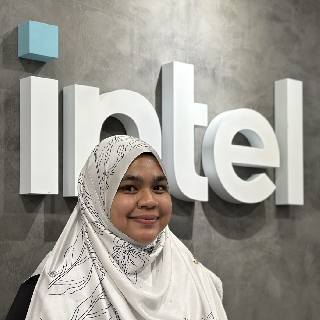
Murni Jasamai
Enabling and Optimization Engineer- Intel
Murni has joined Intel since 2018 and works in the Machine Vision and Analytics domains to support solutions for customer enablement. Currently, she is working as a solution enabling and optimization engineer, and one of the main focus areas that she is supporting is Edge Insight for Industrial.





If you forward this email, your contact information will appear in any auto-populated form connected to links in this email.
This was sent to info@learn.odoo.com because you are subscribed to Webinars. To view and manage your marketing-related email preferences with Intel, please click here.
© 2023 Intel Corporation
Intel Corporation, 2200 Mission College Blvd., M/S RNB4-145, Santa Clara, CA 95054 USA. www.intel.com
Privacy | Cookies | *Trademarks | Unsubscribe | Manage Preferences
by "Intel Corporation" <intel@plan.intel.com> - 11:32 - 24 Jul 2023 -
Register Now for webinar - Overview: Intel® Developer cloud for the Edge – Bare-metal Development
Register Now for webinar - Overview: Intel® Developer cloud for the Edge – Bare-metal Development

Overview: Intel® Developer cloud for the Edge – Bare-metal Development
Live Virtual training
Thursday, August 03, 2023
08:30 am - 9:30 am PDTRegister Now 
Intel® Developer Cloud for the Edge is designed to help you prototype, evaluate, and benchmark AI and edge solutions on Intel® hardware with immediate worldwide access. Within the Developer cloud, the Bare-metal platform enables you to develop or import your computer vision or edge AI application using a JupyterLab environment on a bare-metal infrastructure.
In this session, you will learn:
- Intel® Developer Cloud for the Edge Overview
- Gain an understanding of Intel® Developer Cloud for the Edge, its key features, and the value it offers for edge computing.
- Software portfolio
- Discover how to harness the power of OpenVINO™ 2.0 API to build applications using code snippets, create reusable blocks of code to accelerate development.
- Explore the capabilities of Deep Learning Workbench for fine-tuning and optimizing your AI models.
- Explore real-world use cases with telemetry insights, demonstrating the practical application of the software portfolio.
- Hardware portfolio
- Get an exclusive look at the latest and greatest hardware onboarded on the Developer Cloud in 2022-2023
- Gain insights into the hardware's capabilities and how it can enhance your edge computing applications.
- Learn about workload testing and how to analyze inference performance on different Intel® Hardware.
- Discover how telemetry insights can provide valuable optimization opportunities for your projects.
- BKMs for software and hardware combinations
- Recommendations and guidelines for achieving optimal performance with specific software and hardware combinations.
Register Now 
Speaker

Monique Jones
Developer Cloud for the Edge - Technical Product Manager
IntelMeet Monique, a passionate technical product manager for Intel Developer Cloud for the Edge with 10+ years of experience in AI and cutting-edge technology. She brings a unique blend of technical expertise and product management skills to solve complex business challenges and drive innovation. Prior to her current role, as a senior software engineer and team lead at Intel, Monique developed end-to-end AI solutions and optimized AI models for Intel hardware, resulting in multi-million dollar design wins. Her experience and technical proficiency make her a sought-after speaker at worldwide conferences and events. Monique holds a Bachelor of Science in Electrical Engineering/Computer Engineering from Texas State University and is dedicated to staying current with the latest technology to leverage AI solutions for transformative change.





If you forward this email, your contact information will appear in any auto-populated form connected to links in this email.
This was sent to info@learn.odoo.com because you are subscribed to Webinars. To view and manage your marketing-related email preferences with Intel, please click here.
© 2023 Intel Corporation
Intel Corporation, 2200 Mission College Blvd., M/S RNB4-145, Santa Clara, CA 95054 USA. www.intel.com
Privacy | Cookies | *Trademarks | Unsubscribe | Manage Preferences
by "Intel Corporation" <intel@plan.intel.com> - 11:32 - 24 Jul 2023 -
A leader’s guide to new-business building for established companies
Mind your own business Brought to you by Liz Hilton Segel, chief client officer and managing partner, global industry practices, & Homayoun Hatami, managing partner, global client capabilities
Despite the economic uncertainty of the past three years—and the lingering aftereffects of the pandemic—building new businesses remains a reliable way to boost organizational growth. Our latest McKinsey Global Survey of business leaders shows that companies that prioritize new-business building—even during turbulent economic conditions—grow faster than those that don’t. We estimate that new businesses built by large incumbent organizations currently generate $5 trillion in revenues, which could grow to $30 trillion in five years. But hatching a unicorn isn’t always easy for traditional organizations: the most successful ones combine the stability and scale of an established business with the freewheeling autonomy of a start-up. This week, we explore some ways to achieve that balance.
That’s one of five lessons that established companies may want to keep in mind when launching new businesses. “Leaders often underestimate the difficulty of starting a new venture within the existing landscape of processes, culture, and behaviors,” note McKinsey senior partners Ralf Dreischmeier and Nimal Manuel and colleagues. Rather than trying to imitate the speed and adventurousness of start-ups, incumbents may be better off playing to their own strengths, such as the parent company’s brand recognition, strong supplier base, loyal customers, or existing logistics infrastructure. To up the odds of a new venture’s success, it helps to build for scale from the start, striking “a healthy balance between developing new capabilities, building long-term solutions, and optimizing existing features,” according to the McKinsey experts.
That’s the number of technology approaches that can be combined to launch new businesses faster and more effectively. McKinsey senior partner Stéphane Bout and partners Philipp Hillenbrand and Henning Soller suggest the use of software as a service (SaaS), serverless architecture, and open-source code to maximize existing technologies and reduce development and maintenance tasks. For example, by using serverless architecture across a series of spin-off products, an energy company reduced the time and staff needed to support the new tech infrastructure. The company also improved its capacity to make processing performance enhancements quickly as the new businesses expanded.
That’s Hitachi executive Ram Ramachander on the dynamics of managing start-ups within a larger company. As the CEO of Hitachi ZeroCarbon and chief digital officer of Hitachi Europe, Ramachander runs a portfolio of new ventures that combine net-zero objectives and digital solutions. In a conversation with McKinsey partner Subu Narayanan, Ramachander points out that when launching new businesses, leaders at large corporations may need to rethink traditional measures of success such as quarterly performance expectations. “In the early stages, you need to invest without necessarily knowing where all of the revenue opportunities exist,” he says. “You’ve got to be very open-minded about that.” He compares his organization at Hitachi to the little motorboats circling a tanker: “We work in an entrepreneurial style, we fail fast, we have agility. And we want to bring the tanker in the same direction.”
Partnering with start-ups to create new ventures may offer established organizations access to faster product development and top talent; for their part, start-ups stand to gain vital financing, along with access to the corporate partner’s customers. “The growth in digitization over the past year has driven the need to innovate, putting even more spotlight on getting these partnerships right,” says McKinsey partner Tawanda Sibanda in an episode of McKinsey’s Inside the Strategy Room podcast. Potential pain points to watch for include cultural gaps, unclear strategic objectives, lack of executive commitment on the corporate side, and slow corporate processes. “Companies often get stuck in pilots, with no path to scale in terms of resources, stakeholders’ buy-in, and so on,” cautions McKinsey partner Miao Wang. “You end up in a holding pattern that frustrates start-ups.”
Talent is a critical asset in any business, but even more so in new ventures. Companies may need to be especially vigilant when appointing leaders for new businesses, according to McKinsey’s Rohan Jain and Vivek Lath—the ideal candidate would be both an experienced entrepreneur and a seasoned corporate executive. To nurture a longer-term source of new ideas, leaders may want to foster “intrapreneurship,” whereby employees are empowered to create new products or services: some of the most famous business innovations have happened this way.
Lead by building new businesses.
— Edited by Rama Ramaswami, senior editor, New York
Share these insights
Did you enjoy this newsletter? Forward it to colleagues and friends so they can subscribe too. Was this issue forwarded to you? Sign up for it and sample our 40+ other free email subscriptions here.
This email contains information about McKinsey’s research, insights, services, or events. By opening our emails or clicking on links, you agree to our use of cookies and web tracking technology. For more information on how we use and protect your information, please review our privacy policy.
You received this email because you subscribed to the Leading Off newsletter.
Copyright © 2023 | McKinsey & Company, 3 World Trade Center, 175 Greenwich Street, New York, NY 10007
by "McKinsey Leading Off" <publishing@email.mckinsey.com> - 02:51 - 24 Jul 2023 -
Do you know how to create value from generative AI?
On Point
Nine actions could help Brought to you by Liz Hilton Segel, chief client officer and managing partner, global industry practices, & Homayoun Hatami, managing partner, global client capabilities
• Who’s in charge. For organizations experimenting with generative AI, one question looms large: Who is responsible for leading the way? The technology’s potential to transform processes throughout a company makes it tough to decide, executives explain. Some leaders are enlisting chief technology officers (CTOs) to prioritize AI projects, while others are establishing task forces and new AI-related roles. Earlier in 2023, a US tech company formed a ten-member AI council that includes staffers from its engineering, legal, and marketing divisions. [WSJ]
• Trillions at stake. With its potential to add $2.6 trillion to $4.4 trillion of value annually, the business world’s excitement over generative AI seems well earned, McKinsey senior partner Aamer Baig and coauthors say. Today’s generative-AI boom offers a unique chance for CIOs and CTOs to guide the C-suite in turning the promise of generative AI into sustainable value for the business. It’s worth remembering, however, that while many companies may experiment with new technologies, creating significant business value is often much harder.
• Nine actions. To learn how organizations can be successful with generative AI, McKinsey spoke with dozens of tech leaders and analyzed generative-AI initiatives at more than 50 companies, including our own. As more people use generative-AI tools, we have seen some CIOs and CTOs respond by blocking employee access to publicly available applications to limit risk. Such companies, however, may miss out on opportunities to innovate. Discover nine actions all tech leaders can take to create value, scale solutions, and manage risk for generative AI.
— Edited by Belinda Yu, editor, Atlanta
This email contains information about McKinsey's research, insights, services, or events. By opening our emails or clicking on links, you agree to our use of cookies and web tracking technology. For more information on how we use and protect your information, please review our privacy policy.
You received this email because you subscribed to the On Point newsletter.
Copyright © 2023 | McKinsey & Company, 3 World Trade Center, 175 Greenwich Street, New York, NY 10007
by "McKinsey On Point" <publishing@email.mckinsey.com> - 12:21 - 24 Jul 2023 -
อัพเดทโปรไฟล์ รับบัตร Grab ฟรี! เพื่อการเข้าถึงข้อมูลที่ดียิ่งขึ้นจาก ชไนเดอร์ อิเล็คทริค
Schneider Electric
อัพเดทโปรไฟล์ลุ้นรับคูปอง Grab ฟรี!ชไนเดอร์ อิเล็คทริค พร้อมสร้างประสบการณ์ที่ดีขึ้นให้กับลูกค้าของเรา พบกับข้อมูลข่าวสารที่เป็นประโยชน์สำหรับธุรกิจและการทำงานของคุณ เพียงอัพเดทโปรไฟล์ของท่านให้ครบถ้วนตอนนี้ เพื่อการเข้าถึงข้อมูลที่ดียิ่งขึ้น
เงื่อนไขกิจกรรม- ลุ้นเป็นผู้โชคดี 10 ท่าน ลุ้นรับคูปอง Grab มูลค่า 50 บาท ฟรี!
- สงวนสิทธิ์เฉพาะผู้ที่ดำเนินการครบถ้วน
- ระยะเวลาการเข้าร่วมกิจกรรม ตั้งแต่วันนี้ - 15 ส.ค. 2566
- ประกาศรางวัลผ่านทางอีเมล reply@se.com จากชไนเดอร์ อิเล็คทริค ภายในวันที่ 1 ก.ย. 2566
- การตัดสินจากคณะกรรมการถือเป็นที่สิ้นสุด
- บริษัทฯขอสงวนสิทธิ์ในการเปลี่ยนแปลงเงื่อนไขหรือรายละเอียดกิจกรรม โดยไม่ต้องแจ้งให้ทราบล่วงหน้า
+ Lifecycle Services From energy and sustainability consulting to optimizing the life cycle of your assets, we have services to meet your business needs. Schneider Electric
46 Rungrojthanakul Building. 1st, 10th, 11th Floor, Ratchadapisek Road. Huaykwang
Bangkok - 10310, Thailand
Phone +662 617 5555© 2023 Schneider Electric. All Rights Reserved. Schneider Electric is a trademark and the property of Schneider Electric SE, its subsidiaries and affiliated companies. All other trademarks are the property of their respective owners.
by "Schneider Electric" <reply@se.com> - 09:01 - 23 Jul 2023 -
Your summer reading list is here
Readers & Leaders
Plus, the untapped value of middle managers THIS MONTH'S PAGE-TURNERS ON BUSINESS AND BEYOND
It’s our favorite time of the year: our annual summer reading guide is back. More than 35 CEOs, editors-in-chief, and other leaders shared with us 70-plus books in nine genres they’re reading or hoping to read this summer, and their compelling picks reflect the times. Among books on workplace culture, innovation, history, and more, a few recurring themes united our contributors’ bookshelves. Check out the most popular books and genres, and find out which publishing house dominated this year’s guide. You can also discover which books McKinsey leaders Bob Sternfels, Tracy Francis, Sven Smit, Homayoun Hatami, and others have on their nightstands.
Plus, don’t forget to pick up your copy of Power to the Middle—out now—from McKinsey partners Bryan Hancock and Emily Field and senior partner emeritus Bill Schaninger for a new model to radically alter the way companies hire, train, and reward their most valuable asset: managers, the true center of the organization. And don’t miss our roundup of this month’s Author Talks on the role self-awareness plays in driving performance, what it means to truly be “smart,” how to build a concrete path to reinvention, and how competitive insights can be used to influence decision making. Itching for more good reads? Check out this month’s bestselling business books, prepared exclusively for McKinsey by Circana, and head to McKinsey on Books for more of the latest.IT BEARS REPEATING
“This book reinforces why we must focus on stewarding good tech. As Kissinger has said, history shows that when people are fearful of something and they don’t understand it, they revolt. AI is at that moment. I’m a believer that AI has a great upside and will change every job for the better, but it matters how we implement it.”
— Ginni Rometty, former chair and CEO, IBM; cochair, OneTen, on The Age of AI: And Our Human Future by Daniel Huttenlocher, Henry A. Kissinger, and Eric Schmidt in the 2023 summer reading guide. Check out Ginni’s Author Talks on leading with good power here.WHO MADE THE TOP?
TOP 2 recommended books
1. The Age of AI: And Our Human Future by Daniel Huttenlocher, Henry A. Kissinger, and Eric Schmidt. Recommended by Ginni Rometty, former chair and CEO, IBM; cochair, OneTen and McKinsey senior partner Joydeep Sengupta.
2. Trust by Hernan Diaz. Recommended by Chelsea Stoner, general partner, Battery Ventures and McKinsey senior partner Rodney Zemmel.TOP 5 publishers
1. Penguin Random House – 25 books
2. Hachette Book Group – 8 books (tie)
3. Macmillan – 8 books (tie)
4. HarperCollins Publishers – 7 books
5. Simon & Schuster – 4 booksTOP 5 Genres
1. Fiction & poetry – 13 books
2. History – 12 books
3. Politics – 11 books
4. Innovation – 8 books (tie)
5. Biography & memoir – 8 books (tie)IN CASE YOU MISSED IT
Senior partner Bryan Hancock on why companies need to reimagine the role of the middle manager: “Over the past 20 years, managers have increasingly been asked—and increasingly valued—not for their management but for their individual–contributor work. And given the complexities of the future of work, we need to flip that around. We need to get managers back to managing.” Watch the full interview.
John Horn breaks down the difficulties companies have in assessing competitors: “As business leaders, we’re taught to control things we can control. We can control internal operations, we can control marketing plans, and we can control the things we do as a company, but we can’t control competitors. It is scary for business leaders to think about something that’s out of their control or influence.” Watch the full interview.
Joanne Lipman outlines a concrete path to reinvention: “I woke up in the middle of the night, saying, ‘What am I doing? What am I going to do?’ And I realized that everybody around me and the whole world—we were all in exactly the same position at the same time.” Watch the full interview.
Claire Hughes Johnson explains the role that self-awareness plays in driving performance: “We always talk about scaling companies, but companies are just collections of people. If you’re not thoughtful about them and what they need to succeed, it’s going to be hard to succeed as a company.” Watch the full interview.
Dr. Rina Bliss explores intelligence through the lens of nature versus nurture:
“We still track students; we still make hiring preferences based on intelligence and aptitude test scores. We still group people according to whether they’re so-called winners or losers of some kind of genetic lottery. But intelligence isn’t genetic.” Watch the full interview.OUT NOW
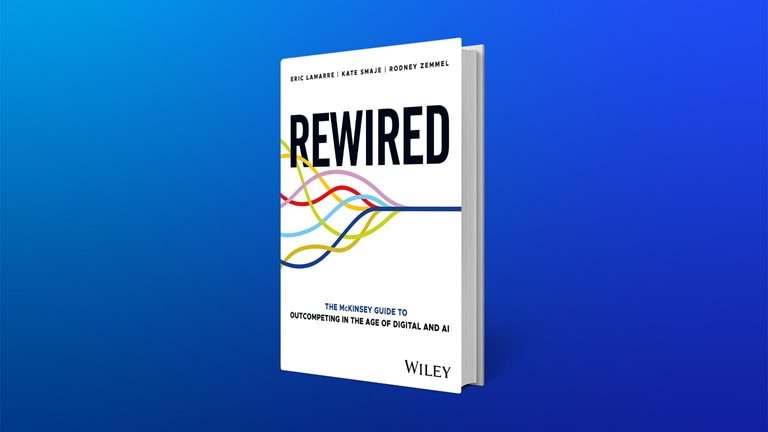
Rewired: The McKinsey Guide to Outcompeting in the Age of Digital and AI
Business leaders will be digitally transforming their companies for the rest of their careers. From McKinsey senior partners Eric Lamarre, Kate Smaje, and Rodney Zemmel, Rewired is the reference manual they need for the journey.
BUSINESS BESTSELLERS TOP
8
BUSINESS OVERALL
BUSINESS HARDCOVER
DECISION MAKING
ECONOMICS
ORGANIZATIONAL BEHAVIOR
WORKPLACE CULTURE
DIVERSITY & INCLUSION
SUSTAINABILITY
BOOKMARK THIS
If you’d like to propose a book or author for #McKAuthorTalks, please email us at Author_Talks@McKinsey.com. Due to the high volume of requests, we will respond only to those being considered.
— Edited by Eleni Kostopoulos, a managing editor in McKinsey’s New York office
Share these insights
Did you enjoy this newsletter? Forward it to colleagues and friends so they can subscribe too.
Was this issue forwarded to you? Sign up for it and sample our 40+ other free email subscriptions here.
This email contains information about McKinsey's research, insights, services, or events. By opening our emails or clicking on links, you agree to our use of cookies and web tracking technology. For more information on how we use and protect your information, please review our privacy policy.
You received this email because you subscribed to the Readers & Leaders newsletter.
Copyright © 2023 | McKinsey & Company, 3 World Trade Center, 175 Greenwich Street, New York, NY 10007
by "McKinsey Readers & Leaders" <publishing@email.mckinsey.com> - 08:14 - 23 Jul 2023 -
Happy birthday, McKinsey Global Institute!
Plus research, old and new Brought to you by Liz Hilton Segel, chief client officer and managing partner, global industry practices, & Homayoun Hatami, managing partner, global client capabilities
New from McKinsey & Company
In July 1990, the McKinsey Global Institute (MGI) was organized to help McKinsey identify and understand fundamental economic, political, and social issues that had important consequences for clients. The concept came out of a series of firm-sponsored CEO meetings to discuss the emerging global economy in the late 1980s. After the first few conferences, participants recognized an increased need for good data to provide a more focused foundation for their discussions—research only McKinsey could do; McKinsey’s experience in virtually every sector of the world's leading economies made it uniquely positioned to collect, collate, and analyze this data. Thirty-three years later, the global economic insights MGI has provided on national and international topics have influenced business strategy and practices, governmental policy and planning, and academic thought. Celebrate MGI’s 33rd birthday by diving into recent research by MGI leaders Chris Bradley, Kweilin Ellingrud, Marco Piccitto, Sven Smit, Olivia White, and Jonathan Woetzel, and check out a selection of MGI reports from our archives.
To see more essential reading on topics that matter, visit McKinsey Themes.
— Edited by Eleni Kostopoulos, managing editor, New York
Share these insights
This email contains information about McKinsey's research, insights, services, or events. By opening our emails or clicking on links, you agree to our use of cookies and web tracking technology. For more information on how we use and protect your information, please review our privacy policy.
You received this email because you subscribed to our McKinsey Global Institute alert list.
Copyright © 2023 | McKinsey & Company, 3 World Trade Center, 175 Greenwich Street, New York, NY 10007
by "McKinsey & Company" <publishing@email.mckinsey.com> - 07:53 - 22 Jul 2023 -
The week in charts
The Week in Charts
E-kickscooters, decarbonizing the built environment, and more Share these insights
Did you enjoy this newsletter? Forward it to colleagues and friends so they can subscribe too. Was this issue forwarded to you? Sign up for it and sample our 40+ other free email subscriptions here.
This email contains information about McKinsey's research, insights, services, or events. By opening our emails or clicking on links, you agree to our use of cookies and web tracking technology. For more information on how we use and protect your information, please review our privacy policy.
You received this email because you subscribed to The Week in Charts newsletter.
Copyright © 2023 | McKinsey & Company, 3 World Trade Center, 175 Greenwich Street, New York, NY 10007
by "McKinsey Week in Charts" <publishing@email.mckinsey.com> - 03:26 - 22 Jul 2023 -
EP69: Explaining JSON Web Token (JWT) To a 10 Year Old Kid
EP69: Explaining JSON Web Token (JWT) To a 10 Year Old Kid
This week’s system design refresher: DevOps vs. SRE vs. Platform Engineering (Youtube video) Explaining JSON Web Token (JWT) to a 10-year-old Kid How does Docker work? Top 6 most commonly used Server Types Learning Linux system Feature your product on Substack Open in app or online This is a sneak peek of today’s paid newsletter for our premium subscribers. Get access to this issue and all future issues - by subscribing today.
Latest articles
If you’re not a subscriber, here’s what you missed this mont
To receive all the full articles and support ByteByteGo, consider subscribing:
This week’s system design refresher:
DevOps vs. SRE vs. Platform Engineering (Youtube video)
Explaining JSON Web Token (JWT) to a 10-year-old Kid
How does Docker work?
Top 6 most commonly used Server Types
Learning Linux system
Feature your product on Substack
DevOps vs. SRE vs. Platform Engineering
Explaining JSON Web Token (JWT) to a 10 year old Kid
Imagine you have a special box called a JWT. Inside this box, there are three parts: a header, a payload, and a signature.
The header is like the label on the outside of the box. It tells us what type of box it is and how it's secured. It's usually written in a format called JSON, which is just a way to organize information using curly braces { } and colons :
The payload is like the actual message or information you want to send. It could be your name, age, or any other data you want to share. It's also written in JSON format, so it's easy to understand and work with.
Now, the signature is what makes the JWT secure. It's like a special seal that only the sender knows how to create. The signature is created using a secret code, kind of like a password. This signature ensures that nobody can tamper with the contents of the JWT without the sender knowing about it.
When you want to send the JWT to a server, you put the header, payload, and signature inside the box. Then you send it over to the server. The server can easily read the header and payload to understand who you are and what you want to do.
Over to you: When should we use JWT for authentication? What are some other authentication methods?
Guest post by Rohit Sehgal.
How does Docker work?
The diagram below shows the architecture of Docker and how it works when we run “docker build”, “docker pull” and “docker run”.
There are 3 components in Docker architecture:
Docker client
The docker client talks to the Docker daemon.Docker host
The Docker daemon listens for Docker API requests and manages Docker objects such as images, containers, networks, and volumes.Docker registry
A Docker registry stores Docker images. Docker Hub is a public registry that anyone can use.
Let’s take the “docker run” command as an example.
Docker pulls the image from the registry.
Docker creates a new container.
Docker allocates a read-write filesystem to the container.
Docker creates a network interface to connect the container to the default network.
Docker starts the container.
Top 6 most commonly used Server Types
Web Server:
Hosts websites and delivers web content to clients over the internetMail Server:
Handles the sending, receiving, and routing of emails across networksDNS Server:
Translates domain names (like bytebytego. com) into IP addresses, enabling users to access websites by their human-readable names.Proxy Server:
An intermediary server that acts as a gateway between clients and other servers, providing additional security, performance optimization, and anonymity.FTP Server:
Facilitates the transfer of files between clients and servers over a networkOrigin Server:
Hosts central source of content that is cached and distributed to edge servers for faster delivery to end users.
Over to you: Which type of server do you find most crucial in your online experience?
Guest post by Govardhana Miriyala Kannaiah.
Learning Linux system
System
In the system component, we need to learn modules like system APIs, device drivers, I/O, buses, etc.Memory
In memory management, we need to learn modules like physical memory, virtual memory, memory mappings, object allocation, etc.Process
In process management, we need to learn modules like process scheduling, interrupts, threads, synchronization, etc.Network
In the network component, we need to learn important modules like network protocols, sockets, NIC drivers, etc.Storage
In system storage management, we need to learn modules like file systems, I/O caches, different storage devices, file system implementations, etc.
SPONSOR US
📈Feature your product in the biggest technology newsletter on Substack
ByteByteGo is the biggest technology newsletter on Substack with 500,000 readers working at companies like Apple, Meta, Amazon, Google, etc. They have the influence and autonomy to make large purchase decisions. If you are interested in sponsoring us, please send an email to hi@bytebytego.com.
Latest articles
Here are the latest articles you may have missed:
To receive all the full articles and support ByteByteGo, consider subscribing:
Like
Comment
Restack
© 2023 ByteByteGo
548 Market Street PMB 72296, San Francisco, CA 94104
Unsubscribe
by "ByteByteGo" <bytebytego@substack.com> - 11:38 - 22 Jul 2023 -
Why frontline emotional intelligence still matters in customer service
AI, meet EQ Brought to you by Liz Hilton Segel, chief client officer and managing partner, global industry practices, & Homayoun Hatami, managing partner, global client capabilities

The case for emotional intelligence in customer service
Today’s seamless, digital omnichannel environment can deliver a satisfying experience of one-click shopping, with nary the need to interact with another living soul. But there are still those crucial moments in the customer journey when the person hits a snag and desperately needs careful attention. Perhaps it’s a plane you’re urgently trying to catch after missing your connecting flight, an expensive article of clothing you’re hoping to return even though the return window has closed (and you’ve lost your receipt), or you’ve reached your limit waiting on hold while trying to sort out your cable bill.
These are what the authors of this McKinsey Quarterly classic call “moments of truth” in customer service—those defining moments when a customer has invested enormous amounts of emotional energy in the outcome. And if handled correctly, these moments can translate into lasting loyalty from the customer and profits for the company.
The driving force behind these successful moments of truth is the emotional intelligence, or EQ, of a company’s frontline staff. As AI technologies continue to proliferate, one might argue that good old-fashioned customer service has no place in today’s shopping experience. “But pure technological solutions,” the authors observe, “can never stoke the emotional connection between employee and customer.” (AI is, in fact, trying to learn from this very connection.)
To learn more about how managers can help foster value-creating EQ in their workers, read our 2006 classic “The ‘moment of truth’ in customer service.”Boost your EQ 
The next frontier of customer engagement: AI-enabled customer service


Share these insights
Did you enjoy this newsletter? Forward it to colleagues and friends so they can subscribe too. Was this issue forwarded to you? Sign up for it and sample our 40+ other free email subscriptions here.
This email contains information about McKinsey's research, insights, services, or events. By opening our emails or clicking on links, you agree to our use of cookies and web tracking technology. For more information on how we use and protect your information, please review our privacy policy.
You received this email because you subscribed to our McKinsey Classics newsletter.
Copyright © 2023 | McKinsey & Company, 3 World Trade Center, 175 Greenwich Street, New York, NY 10007
by "McKinsey & Company" <publishing@email.mckinsey.com> - 11:27 - 22 Jul 2023 -
What a new era could mean for Latin America, the value of older adults in the workplace, alliances in higher ed, and more: The Daily Read weekender
Catch up on the week's highlights Brought to you by Liz Hilton Segel, chief client officer and managing partner, global industry practices, & Homayoun Hatami, managing partner, global client capabilities
QUOTE OF THE DAY
chart of the day
Ready to unwind?
—Edited by Joyce Yoo, editor, New York
Share these insights
Did you enjoy this newsletter? Forward it to colleagues and friends so they can subscribe too. Was this issue forwarded to you? Sign up for it and sample our 40+ other free email subscriptions here.
This email contains information about McKinsey's research, insights, services, or events. By opening our emails or clicking on links, you agree to our use of cookies and web tracking technology. For more information on how we use and protect your information, please review our privacy policy.
You received this email because you subscribed to our McKinsey Global Institute alert list.
Copyright © 2023 | McKinsey & Company, 3 World Trade Center, 175 Greenwich Street, New York, NY 10007
by "McKinsey Daily Read" <publishing@email.mckinsey.com> - 06:46 - 21 Jul 2023 -
[ACTION REQUIRED by Aug 21st]: Changes to IP ranges for New Relic and Cloud Integrations
New Relic

1. Changes impacting cloud services (AWS, Azure, GCP)
On August 21st, 2023, New Relic will add new source IP ranges for our cloud integrations for AWS, AWS GovCloud, Azure, and GCP. If you use IP-based access controls, you will need to allow (whitelist) the following additional IP ranges to ensure uninterrupted service (note: you may see traffic from these IP addresses during our testing):
- 18.246.82.0/25
- 3.145.244.128/25
- 3.27.118.128/25
- 20.51.136.0/25
- 4.197.217.128/25
- 3.77.79.0/25
2. Changes impacting New Relic services
Additionally, New Relic’s infrastructure agent will start making use of the full range of IP addresses listed in our documentation as part of our continued scaling and optimization efforts. To ensure that our integrations can access New Relic domains, you will need to do the following:
- Allow (whitelist) the following IP ranges: 162.247.240.0/22 and 185.221.84.0/22
- Remove any hard-coded endpoints/IP addresses in your configuration.
If you have questions, please reach out to your account team or New Relic Explorer’s Hub.

View in browser
This email was sent to info@learn.odoo.comFor information about our privacy practices, see our Privacy Policy.
Need to contact New Relic? You can chat or call us at 888-643-8776.
New Relic, Inc. 188 Spear St, San Francisco, CA 94105.
© 2023 New Relic, Inc. All rights reserved. New Relic logo are trademarks of New Relic, Inc.
by "New Relic" <noreply@newrelic.com> - 03:31 - 21 Jul 2023













